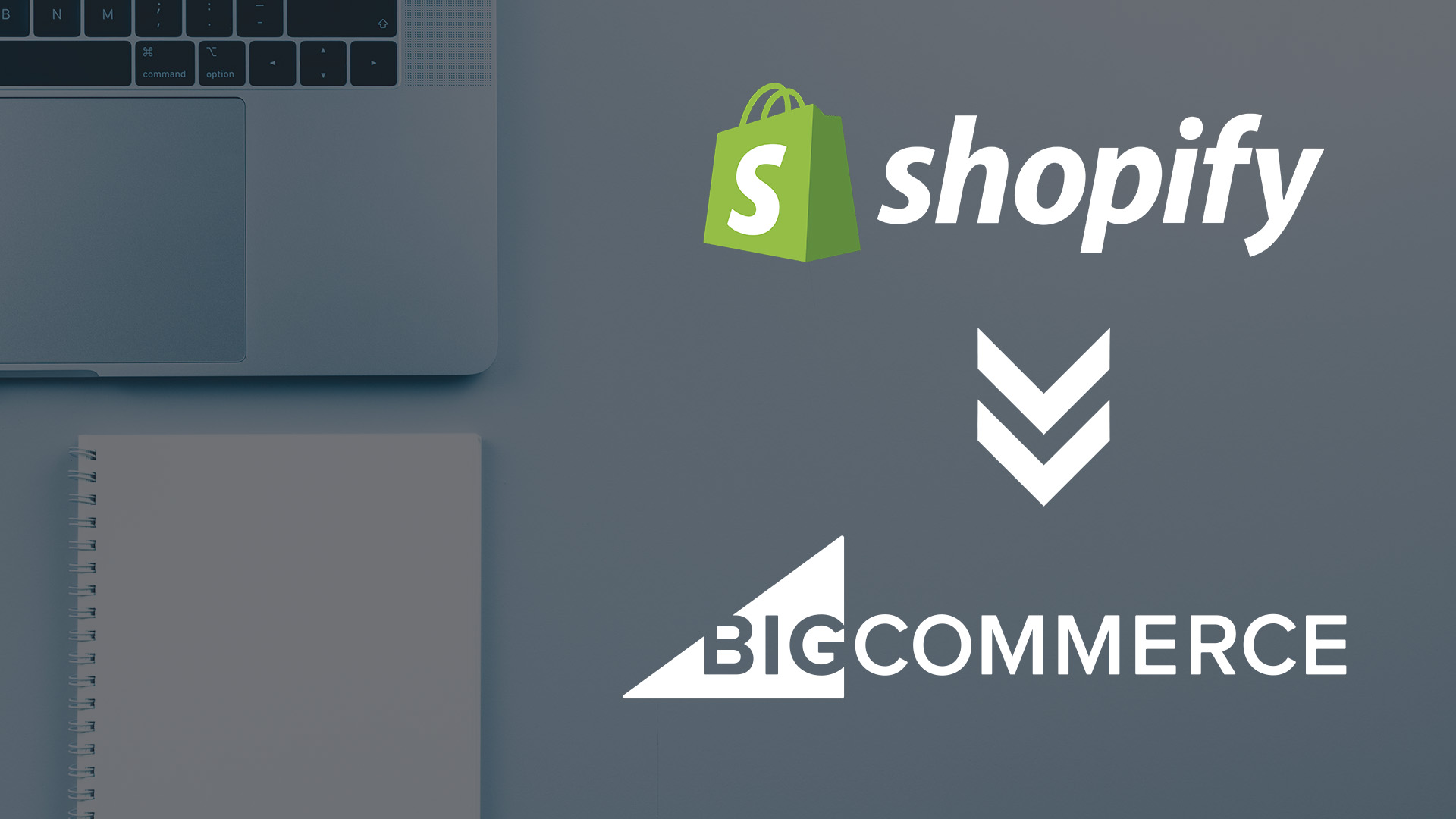Digital eCommerce advertising offer brands a significant opportunity to reach their consumers. Whether through platforms like Snapchat, Google Ads or Facebook, this approach has become a proven part of the eCommerce inbound marketing playbook.
According to Pew Research Center, 69% of Americans are Facebook users. Of that, 74% log-in multiple times a day and are looking at more than posts from friends and family.
A recent study reported that 78% of American consumers discovered products on Facebook. It’s undeniable that Facebook users have a big impact on the profitability of eCommerce.
Why Should You Use Facebook eCommerce Ads?
According to Meg Whitman, President and CEO of Hewlett-Packard, “Communication is at the heart of eCommerce and community.” Communication is also at the heart of Facebook. Facebook’s empire is founded on creating personalized user experiences that enhance communication while also letting users explore, discover and be inspired.
Facebook also makes it easy for businesses of any size to tap into those experiences. The intuitive platform makes it easy to create ads that reach consumers at any point in the buying journeys. Different ad formats help disseminate different types of content, and targeting options ensure you are reaching exactly who you want and when you want to reach them.
Facebook does this by breaking out the buyer’s journey into three phases/objectives:
- Awareness
- Acquisition
- Sale/conversion
Although there are no hard-and-fast rules saying you can only use certain ad formats for certain eCommerce objectives, some formats do lend themselves to certain phases of the buyer’s journey. Below, we’ve outlined some of our favorite ad formats for eCommerce marketing and the stages in which they are best to utilize.
- Carousel Ads
- Lead Generation Ads
- Dynamic Product Ads
Awareness
In the first phase of the buyer journey, prospects recognize a problem or desire they have and start to think about different solutions. In this phase, it’s important your brand creates top-of-mind awareness for your products, services and solutions.
The level of awareness determines how well a brand ranks in customers’ minds and how much consideration they will give in other phases of the journey. Reach and exposure are the key metrics for this phase, and carousel ads are great for achieving this goal.
Carousel Ads
Carousel Facebook eCommerce ads are an interactive format that showcases up to 10 images or videos within a single ad and includes descriptive headlines, CTAs and customizable links. This easy-to-use format lets customers effortlessly browse and explore the different products, services, and solutions a brand provides.
All of this makes customers better aware of your products and brands and pulls them down the purchasing funnel faster than an average web user.
Increase awareness with this format by:
- Featuring multiple products that link to different landing pages
- Highlighting different features or uses for a single product
- Explaining how a process works step-by-step
- Telling a story with compelling images and/or video
- Creating larger ads that create an immersive ad experience
Messenger Ads
Facebook Messenger Ads help businesses send highly targeted promotions directly to a consumer’s inbox. Similar to other Facebook Ad formats, Messenger Ads are also compatible with retargeting, which allows brands to target users who previously engaged with them. As messaging apps continue to gain steam, this ad format is especially relevant.
Case Study
Lands End used carousel ads to attract shoppers for a summer campaign and saw a 31% increase in website visits. Giovanna Dimperios, Digital Marketing/Social Media Manager, was excited by how the carousel ads allowed Lands Ends to see which images people were interested in. They were also able to see a lift in their ads from people who hadn’t shopped at Lands End before.
Best Practices
Use all of the available components to create your carousel ad. Images and videos are great, but don’t forget about headlines that capture attention, descriptions that inform customers and the call-to-actions that let customers know exactly what you want them to do.
Be sure the text in your images meets Facebook’s guidelines. Facebook is very particular about how much text can be in an image ad because too much text in an image decreases ad engagement. Utilize Facebook’s Image Text Check tool to check how much text is in your ad image.
Show your best-performing images or videos first. With the carousel format, you can test multiple pieces of creativity at once. Then, you can order or replace them based on performance.
Acquisition
After building awareness, it’s time to acquire new customers. There is a direct connection between customer acquisition and sales, so this part of the buyer’s journey is just as important as the others.
During this phase, potential customers are researching and considering. They are asking questions and learning what solutions work best for them. It’s crucial that your brand sparks their interest and has the content necessary to be seen as a thought leader in their area of interest.
Lead Generation (Lead Gen) Ads:
Facebook’s lead gen ads have streamlined the lead generation process by allowing users to fill out and submit forms without having to leave the platform. Brands can use lead gen ads to capture names, email addresses and locations.
Questions can also be customized to uncover customer motivations, pain points, preferences and other things to help qualify leads. Integrating lead gen ads with your CRM allows leads to act immediately. Drive objectives from the top of the funnel - like brand awareness and reach - through customer acquisition by optimizing your lead gen ads for customers.
Case Study
In 2019, a real-estate client consistently and effectively generated online leads to send to their real estate agents. They used Facebook lead gen ads to start collecting names, emails and phone numbers of interested prospects in the local area.
Over the next 90 days, they generated 370 local leads at an average cost of $6.77. Along with contact information, they also collected moving dates and other important information that allowed the real-estate agents to make highly personal calls to each prospect.
Best Practices
Lead gen forms can be added to other ad formats as long as the ad objective is set to lead generation. Best practices for those ad formats remain the same, but there are specific best practices you should consider when creating your form.
- Use compelling content for headlines and descriptions
- Offer an incentive
- Be clear and transparent about your offer
- Keep the form simple with 3 to 4 fields
- Use the ‘Thank You’ page
Sale/Conversion
At this point, customers have done research, explored solutions, asked questions and are ready to make a decision. Now it’s time to turn that purchase intent into action. In this phase, keeping it simple and straightforward is best. Make it easy for customers to do business with you by utilizing dynamic product ads.
Dynamic Product Ads
Facebook explains dynamic product ads as “Similar to other ads on Facebook. However, instead of individually creating an ad for each of your products, you create an ad template that automatically uses your data feed to show ads to people who have already shown interest in your website.”
Essentially, Facebook takes data from your website, combines it with your product catalog and creates single or multi-product ads based on the products that people have views on your site, added to their cart or purchased, automatically.
Case Study
Target used dynamic ads and the conversion rates of their large product catalog. By engaging consumers with highly relevant creative, Target’s campaign showed a 20% increase in conversion compared to other Facebook ads.
Kristi Argyialn, Senior Vice President of Target, also noted that, “Performance has been exceedingly strong with people shopping on mobile their devices - an important and fast-growing area for Target - where we’re seeing two times the conversion rate.”
Customize your ad by:
- Using text overlays
- Customizing frames
- Cross-selling products to people who viewed products from your product set
Conclusion
Facebook has set itself up to be a major player in the eCommerce space and will continue to provide businesses of any size the opportunity to compete with global brands through attainable and affordable solutions. We hope you utilize these tips for Facebook eCommerce ads to skyrocket revenue.
Keep testing these ads to find what works best for your brand, and take advantage of the customization and personalization tools available for each ad format to build stronger connections with your customers. If you’d like additional help, feel free to contact us through the form below.

E-BOOK
20 Best Shopify Apps For Your eCommerce Store
Explore tags:
About the author
Bethany is an eCommerce expert who loves to share her tips on increasing online-generated revenue.
Subscribe to the Groove Newsletter
Get the latest updates and insights straight to your inbox



![32 AI eCommerce Tools To Start Using Today [2024]](https://www.groovecommerce.com/hubfs/2023%20Website/Blogs/AI%20Blog%20Social%20Media%20Tools/7%20AI%20Tools%20For%20eCommerce%20Merchants%20To%20Start%20Using%20Today%20-%20Promo%20Image%20Large.jpeg)




